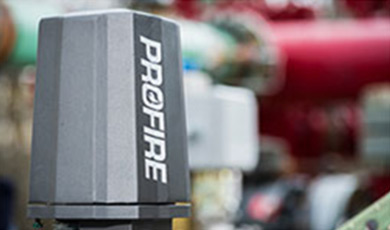Jul . 23, 2024 14:51 Back to list
Global Manufacturers of Hydraulic Cylinders for Various Industrial Applications and Solutions
International Hydraulic Cylinder Factories An Overview
Hydraulic cylinders are critical components in various machinery and equipment, providing the force needed to perform tasks ranging from lifting and pushing to clamping and controlling movements. The international landscape of hydraulic cylinder manufacturing comprises numerous factories that specialize in different types and applications of hydraulic cylinders. This article provides an overview of the hydraulic cylinder industry, highlighting key players, technological advancements, and trends that shape this essential sector.
Key Players in the Industry
Several countries dominate the hydraulic cylinder manufacturing market. The United States, Germany, Japan, and China are notable players due to their advanced industrial capabilities, robust engineering expertise, and significant demand from diverse industries, including construction, agriculture, and automotive. Companies such as Parker Hannifin, Bosch Rexroth, and Eaton stand out as leading manufacturers, known for their commitment to quality and innovation. These companies have established strong reputations by delivering high-performance hydraulic systems that meet the stringent requirements of various applications.
In recent years, the Chinese market has gained prominence, with numerous factories emerging to meet local and global demand. These manufacturers often provide cost-effective solutions, making them attractive to businesses looking to reduce operational expenses. However, they often face challenges related to quality assurance and adherence to international standards, which can impact their competitiveness on the global stage.
Technological Advancements
The hydraulic cylinder industry has witnessed significant technological advancements that enhance the efficiency, durability, and performance of hydraulic systems. Innovations in materials and design, such as the use of high-strength steel and advanced sealing technologies, have led to the development of lighter yet more robust cylinders. These improvements not only increase the lifespan of hydraulic cylinders but also enhance their operational efficiency, reducing energy consumption and maintenance costs.
international hydraulic cylinder factories

Additionally, the integration of digital technology and smart sensors in hydraulic systems is transforming how hydraulic cylinders operate. Companies are increasingly adopting the Internet of Things (IoT) to monitor the performance of hydraulic systems in real-time. This capability allows for predictive maintenance, minimizing downtime and enhancing productivity. Such technologies enable factories to optimize their operations, leading to better resource management and reduced waste.
Environmental Considerations
As global awareness of environmental issues grows, hydraulic cylinder factories are also addressing the need for more sustainable practices. Manufacturers are exploring eco-friendly materials and processes to reduce their environmental footprint. The development of biodegradable hydraulic fluids and recyclable components reflects a growing commitment to sustainability within the industry.
Moreover, regulatory pressures are prompting factories to comply with stricter environmental standards. This shift encourages manufacturers to invest in cleaner technologies and adopt practices that minimize pollution and waste. As a result, the industry is moving toward more sustainable operations, which not only benefit the environment but also enhance the brand image of manufacturers.
Conclusion
The international hydraulic cylinder manufacturing industry is characterized by a diverse range of factories that play a vital role in various sectors. With technological advancements driving efficiency and sustainability, the industry is poised for continued growth. As global demand for hydraulic systems remains strong, manufacturers are challenged to innovate and adapt to changing market dynamics while maintaining high quality and performance standards. In this increasingly competitive landscape, those that embrace technological change and prioritize sustainability are likely to emerge as leaders in the hydraulic cylinder market.
-
Fork Lift Power Units - Hebei Shenghan | Efficiency, Reliability
NewsJul.13,2025
-
1.5-Ton Turbocharged Cylinder-Hebei Shenghan|Hydraulic Solution,Energy Efficiency
NewsJul.13,2025
-
Auto Hoist Power Units-Hebei Shenghan|Efficiency&Industrial Lifting
NewsJul.13,2025
-
Double Acting Power Units-Hebei Shenghan|Hydraulic Solutions,Industrial Efficiency
NewsJul.13,2025
-
1.5 Ton Lifting Cylinder 70/82-40-290-535 - High-Performance Hydraulic Solution | Hebei Shenghan
NewsJul.13,2025
-
Fork Lift Power Units - Hebei Shenghan | Efficiency&Reliability
NewsJul.13,2025
